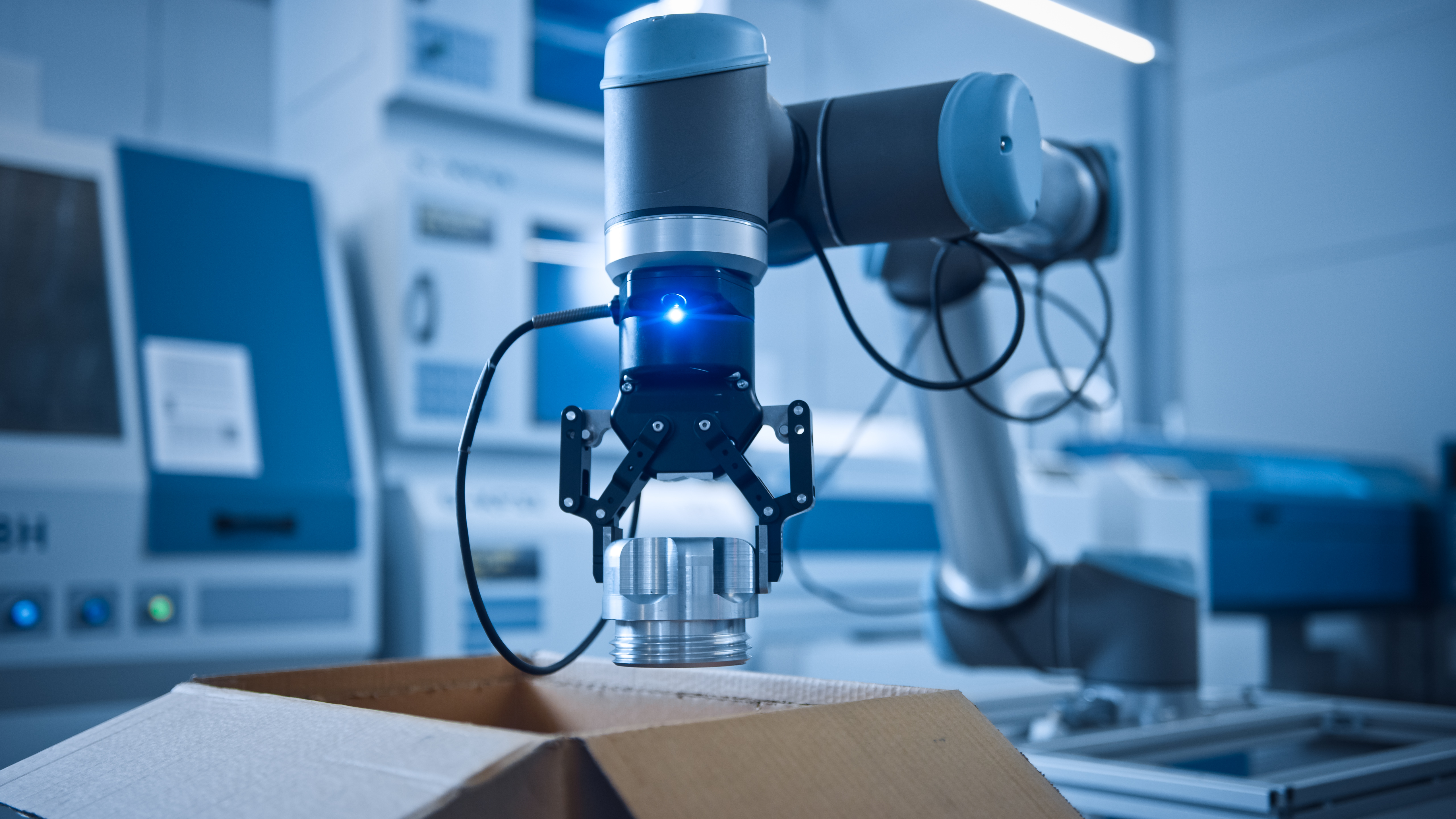Cobots vs. Robots: What You Need to Know
There have been many talks lately about cobots and their growing popularity in manufacturing environments. But what are cobots, and how do they differ from traditional industrial robots? In this article, we’ll look at the critical differences between cobots and robots and explain why more and more manufacturers are choosing cobots over other types of automation. Stay tuned – by the end of this article, you’ll be an expert on the topic.
Table of Contents
What Cobots Are And How They Differ From Traditional Robots
Cobots, or collaborative robots, are rapidly gaining popularity in manufacturing and other industries. Unlike traditional robots, which are often confined to factory floors and other highly controlled environments, cobots can work alongside humans on various tasks. Unlike humans, however, cobots possess many advanced features that make them incredibly efficient and effective at their jobs.
They also have highly precise control systems that enable them to acquire and manipulate even the smallest of objects with great accuracy. In addition, many cobots are equipped with artificial intelligence algorithms that continuously allow them to learn new skills without human intervention.
Overall, the critical difference between cobots and traditional robots is their ability to work collaboratively alongside humans in a wide range of environments. Whether you’re a worker on an assembly line or an entrepreneur looking to streamline your business operations, using cobots can offer various benefits for improving efficiency, accuracy, and productivity.
The Benefits Of Using Cobots In Manufacturing And Other Industries
One of the primary benefits of using cobots is that they can help improve workplace safety. Traditional robots are often confined to cages or other enclosures to prevent them from injuring people. On the other hand, Cobots are designed to work safely alongside humans and can be equipped with various safety features, such as obstacle detection and emergency stop buttons.
It makes them ideal for working close to people and allows manufacturers to increase automation without sacrificing safety. In addition, cobots can also help to improve productivity in the workplace. Because they are specifically designed to work collaboratively with humans, they can take on tasks that would otherwise require human intervention. It frees workers to focus on other tasks and can ultimately lead to significant increases in productivity.
Finally, cobots are much more affordable than traditional robots, making them a viable option for small and medium-sized businesses. In the past, only large companies could afford to invest in industrial robots due to their high cost. On the other hand, Cobots are much more affordable and can be purchased for a fraction of the price of traditional robots.

It makes them an attractive option for small and medium-sized businesses looking to automate their operations but may not have the budget for traditional industrial robots. Universal Robots is one of the leading manufacturers of cobots, and our cobots are used in a wide range of industries worldwide.
How To Choose The Right Cobot For Your Business
If you’re considering investing in a cobot for your business or organization, there are a few things you need to keep in mind. First, you need to decide what tasks you want the cobot to perform, and this will help you narrow down your options and choose a cobot that is specifically designed for your needs.
Next, you need to consider the size of your business or organization. It is crucial because it will determine the number of cobots you’ll need and the type of controller you’ll need. Finally, it helps if you also consider your budget for purchasing a cobot.
The Future Of Cobots And Their Impact On The Workforce
As cobots become more advanced, they are increasingly being used to perform tasks that were once reserved for human workers. It is particularly true in the manufacturing industry, where cobots assemble products and components with high accuracy.
In addition, cobots are also beginning to play a role in the food service industry, where they prepare meals and serve customers. As cobots become more widespread, their impact on the workforce will likely continue to increase.
While some worry that cobots will eventually replace human workers, this is unlikely to happen. Cobots are designed to work collaboratively with humans, and their primary purpose is to help workers be more productive. In most cases, they are not intended to replace human workers entirely.
Instead, cobots will likely complement the workforce and help businesses to become more efficient and productive. As a result, businesses will be able to create more jobs, not fewer.


